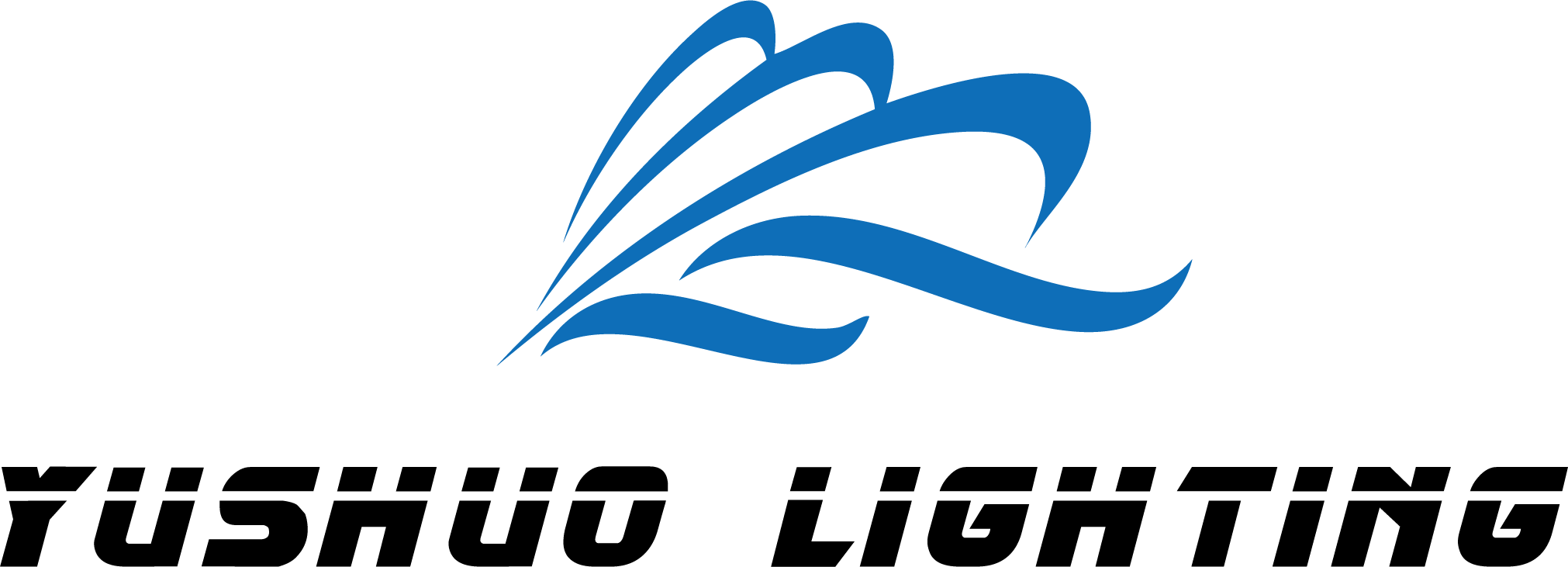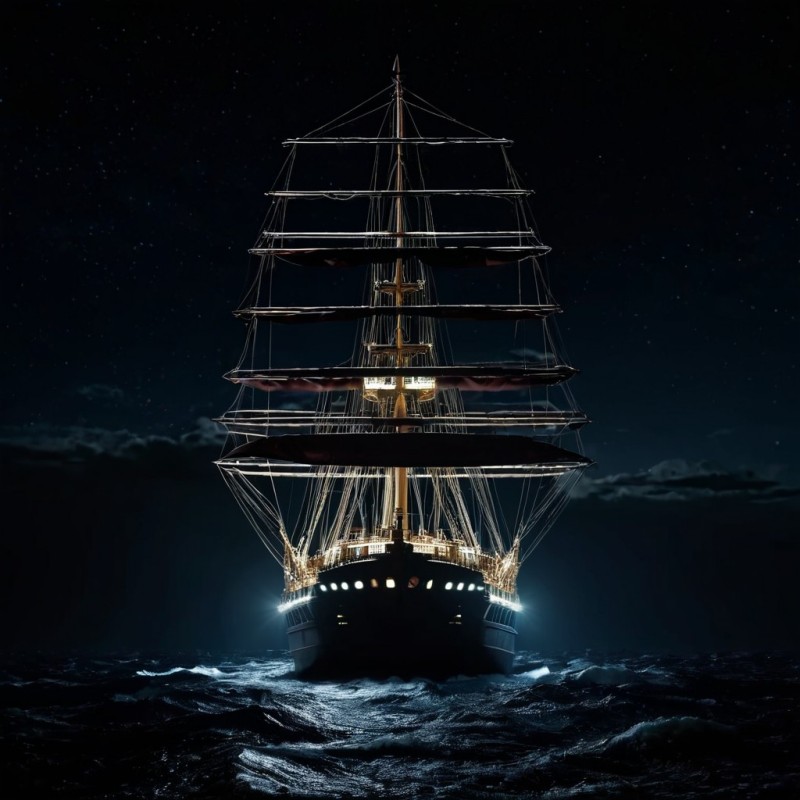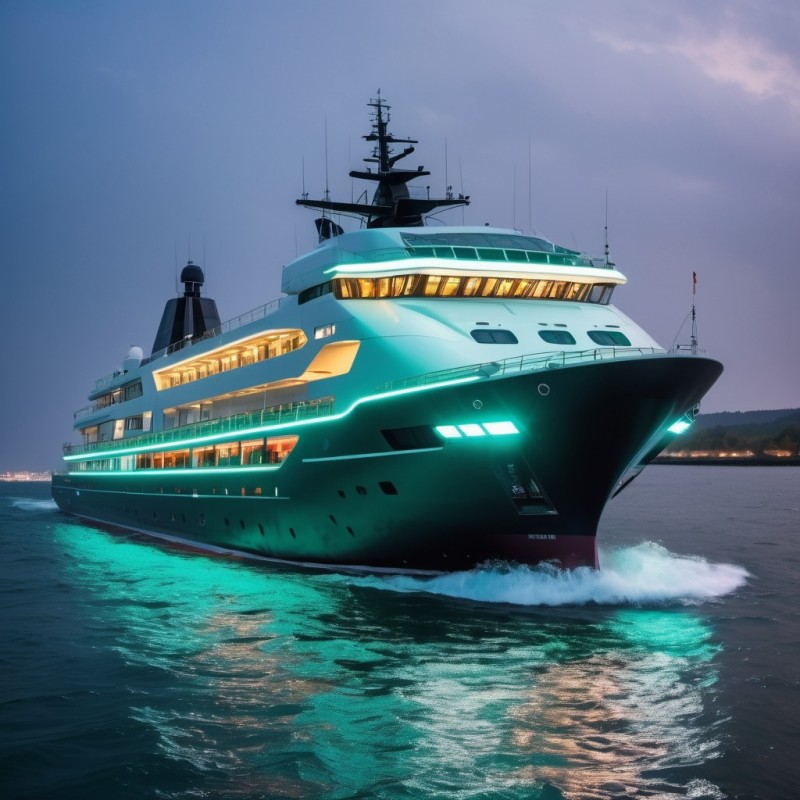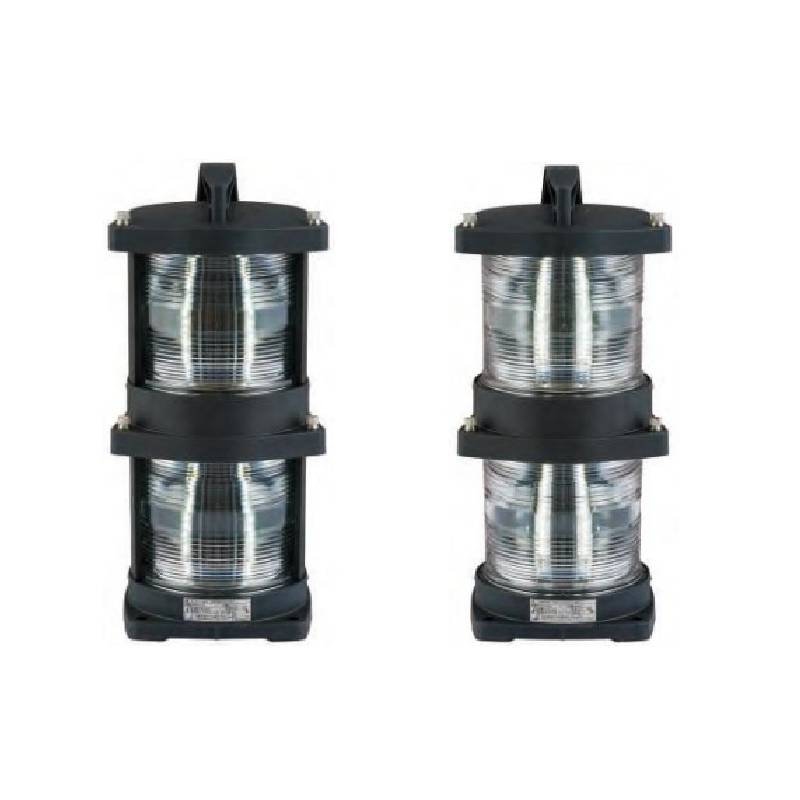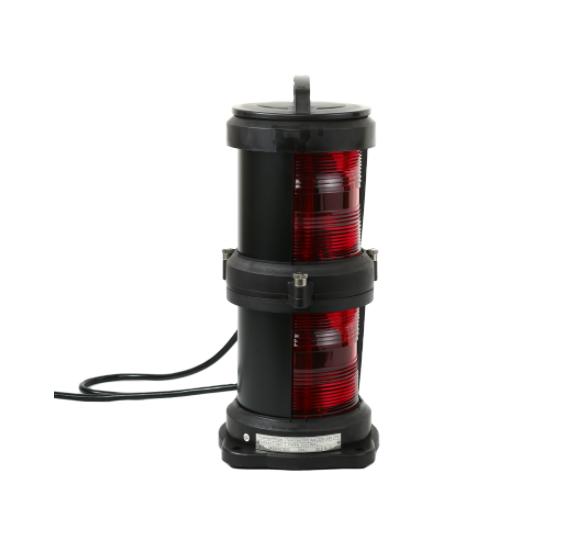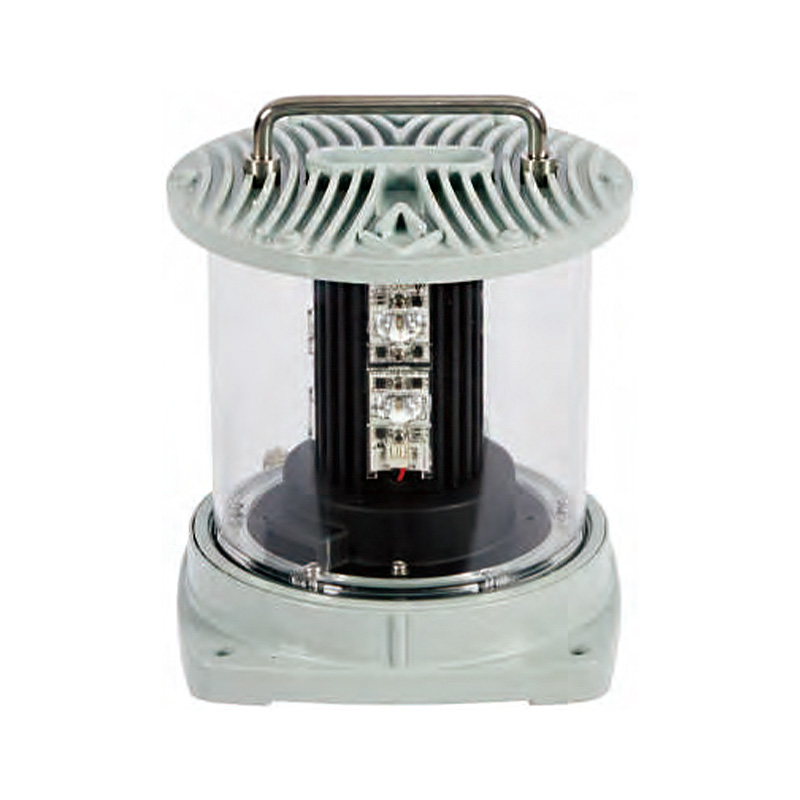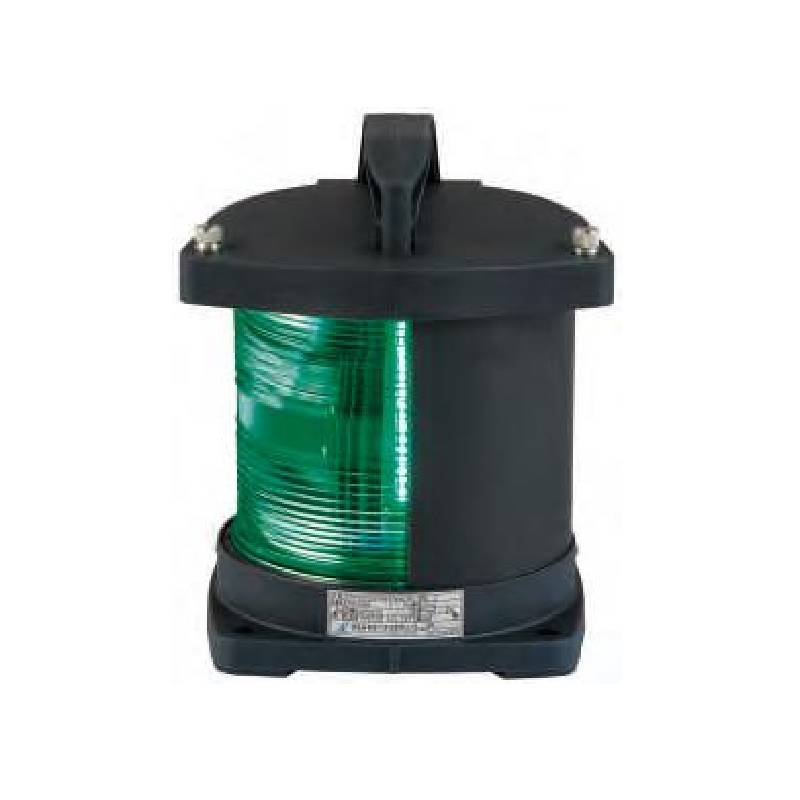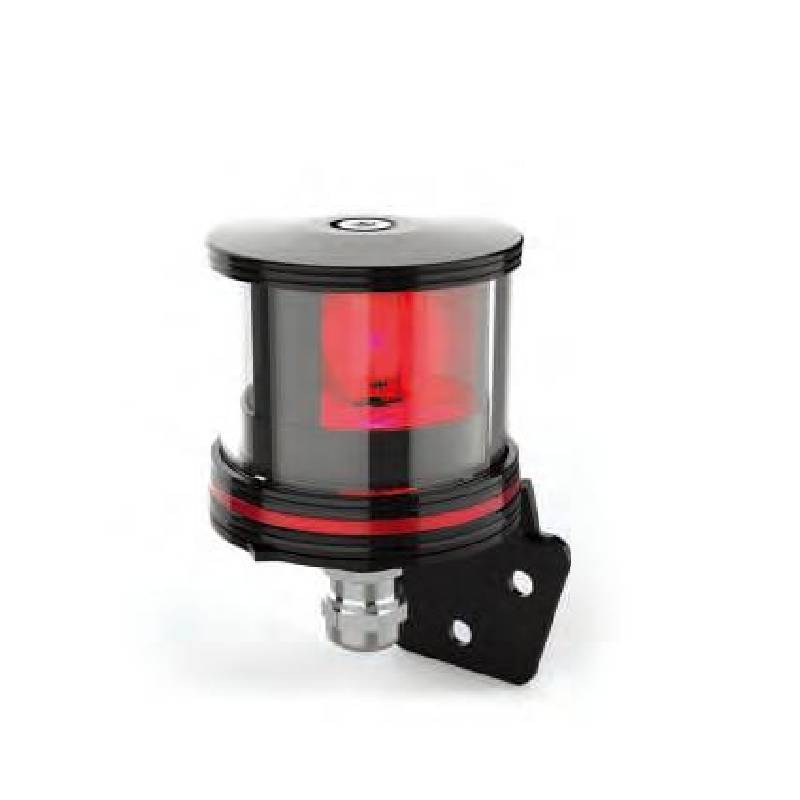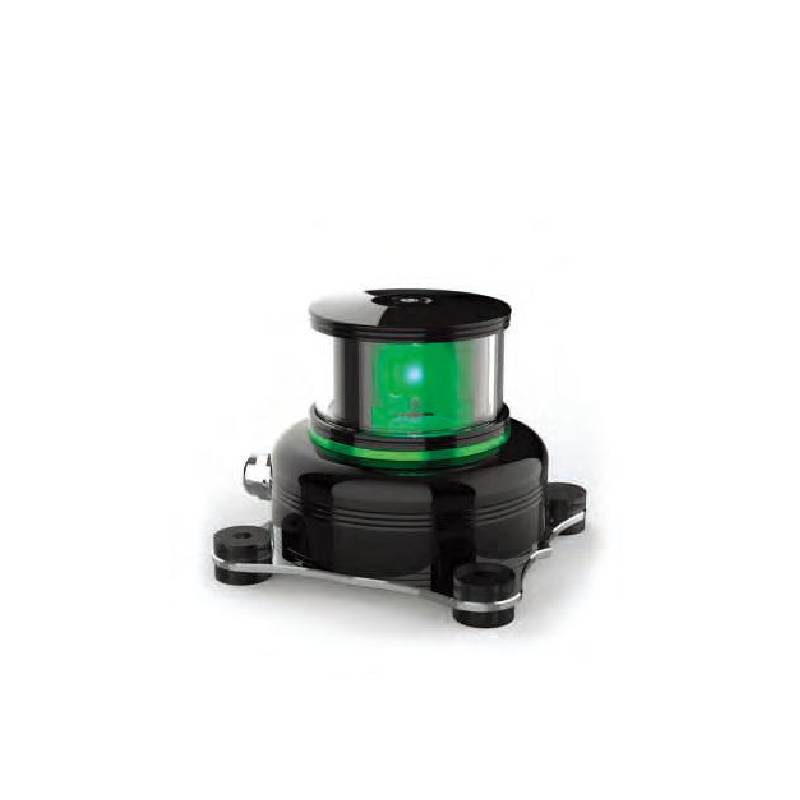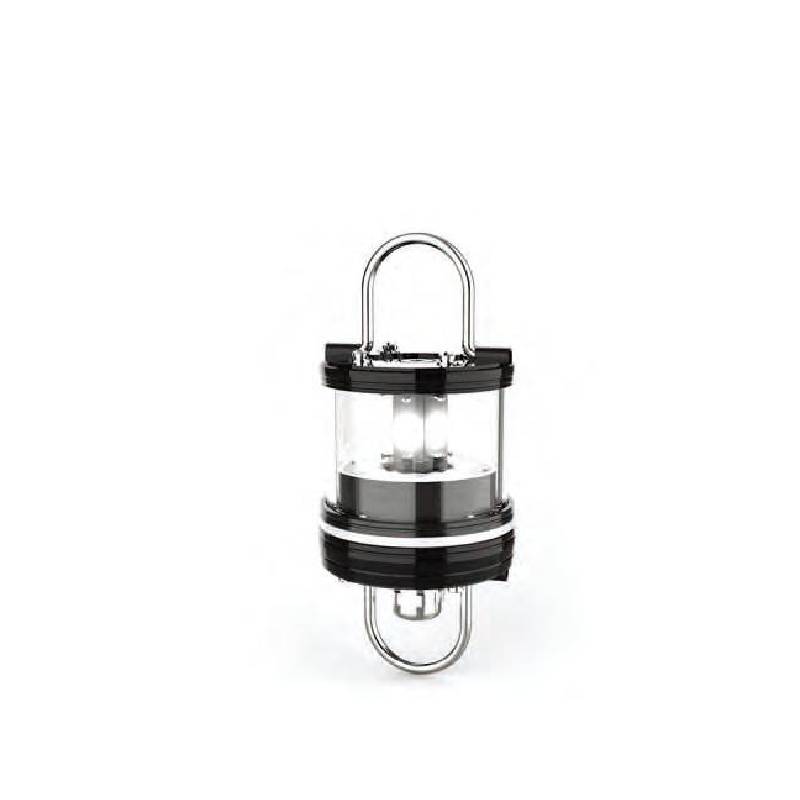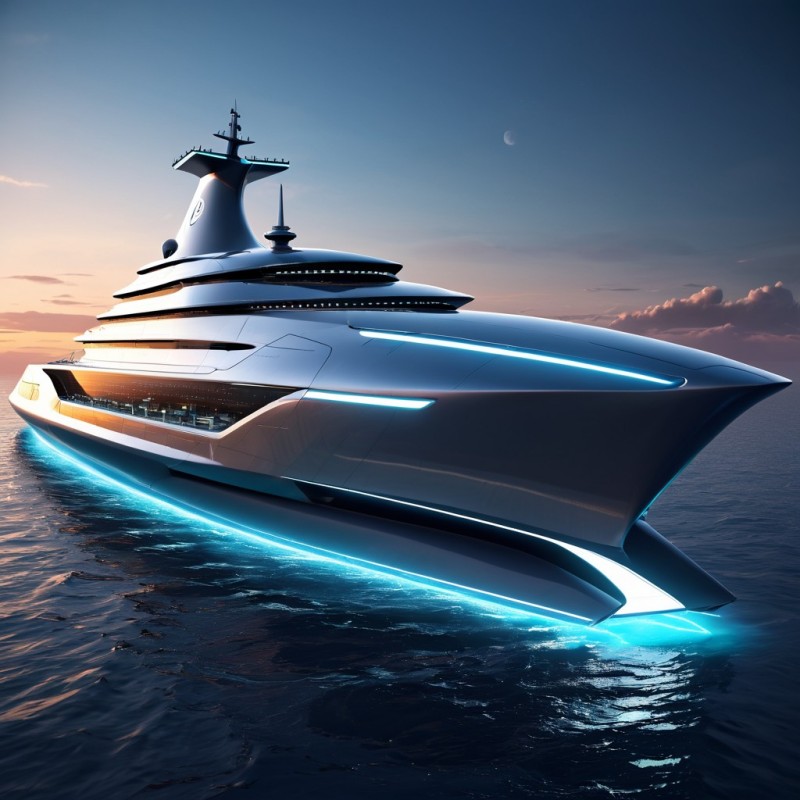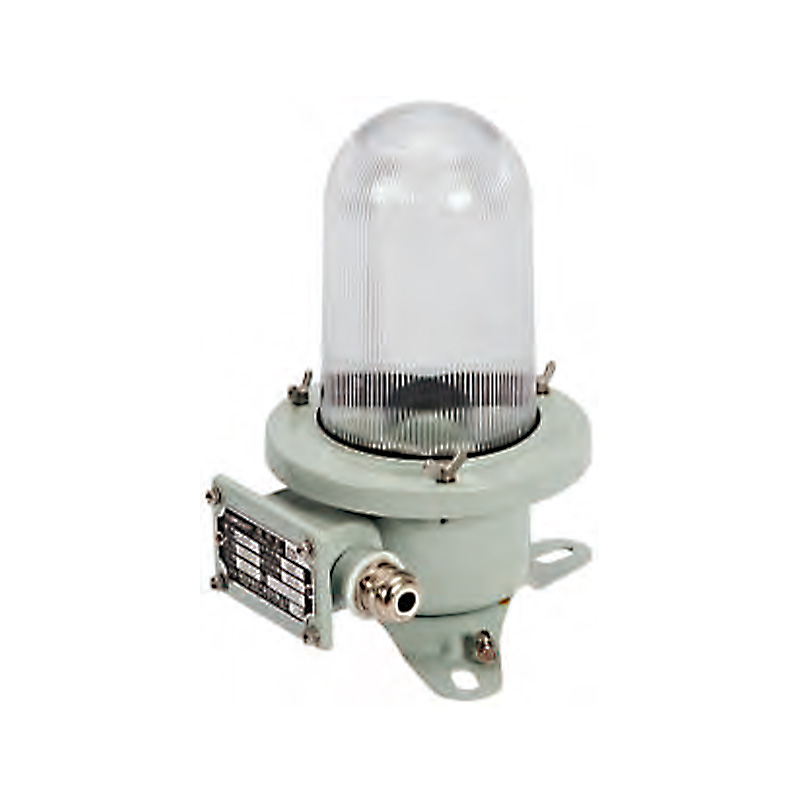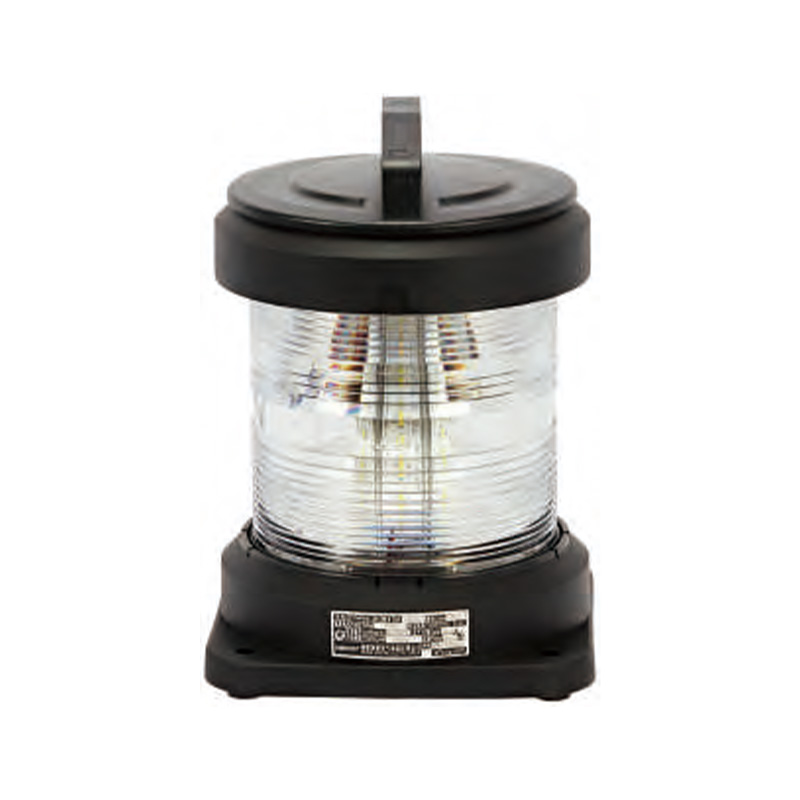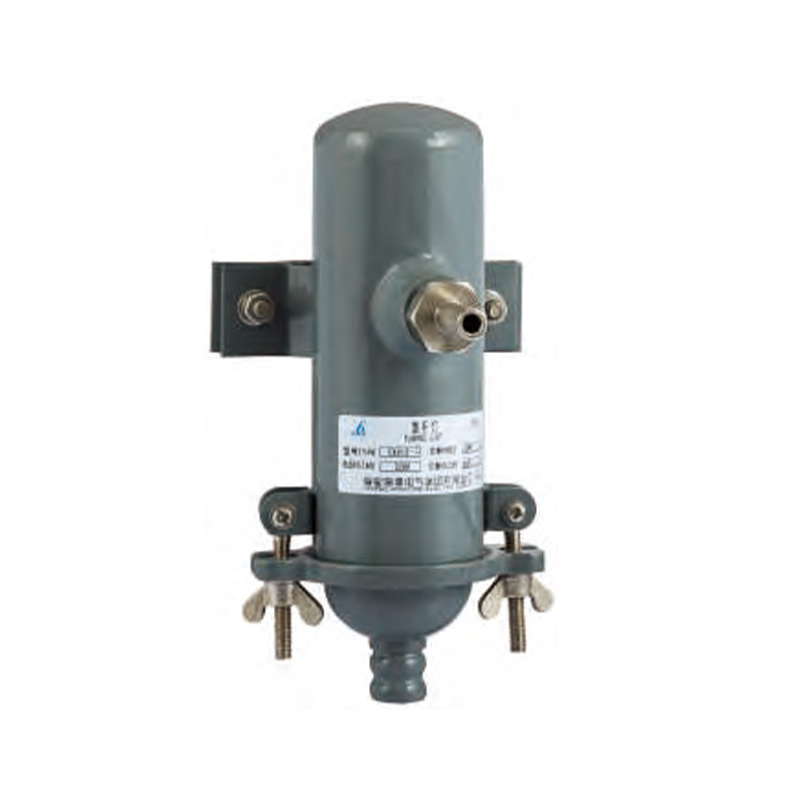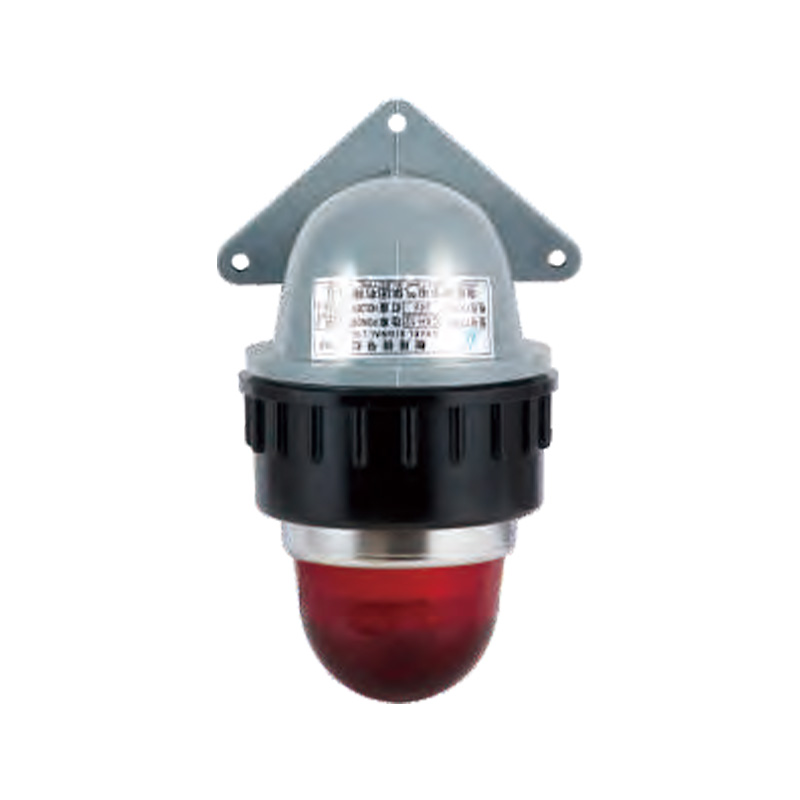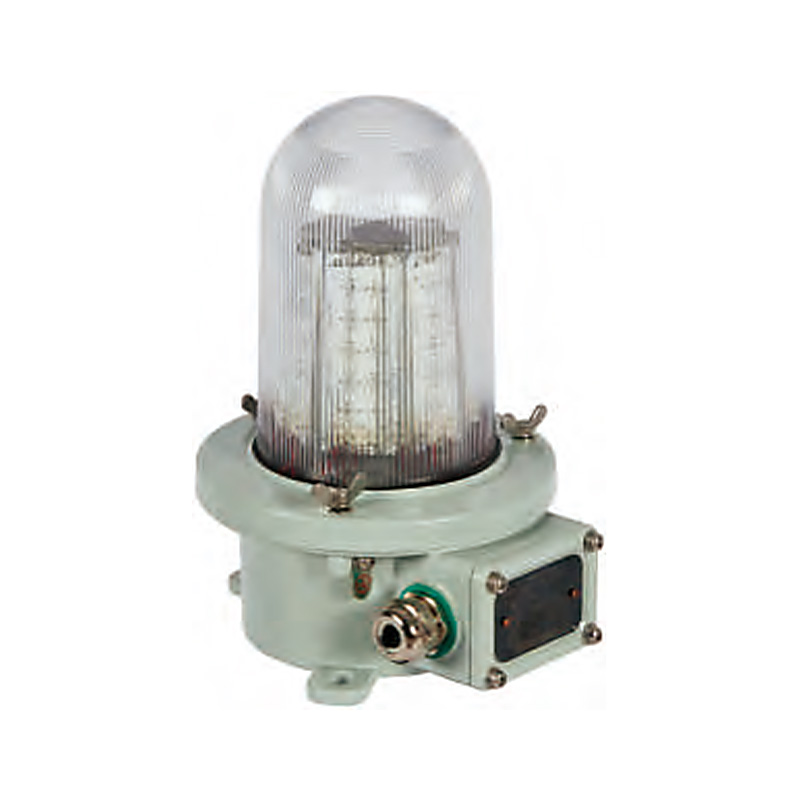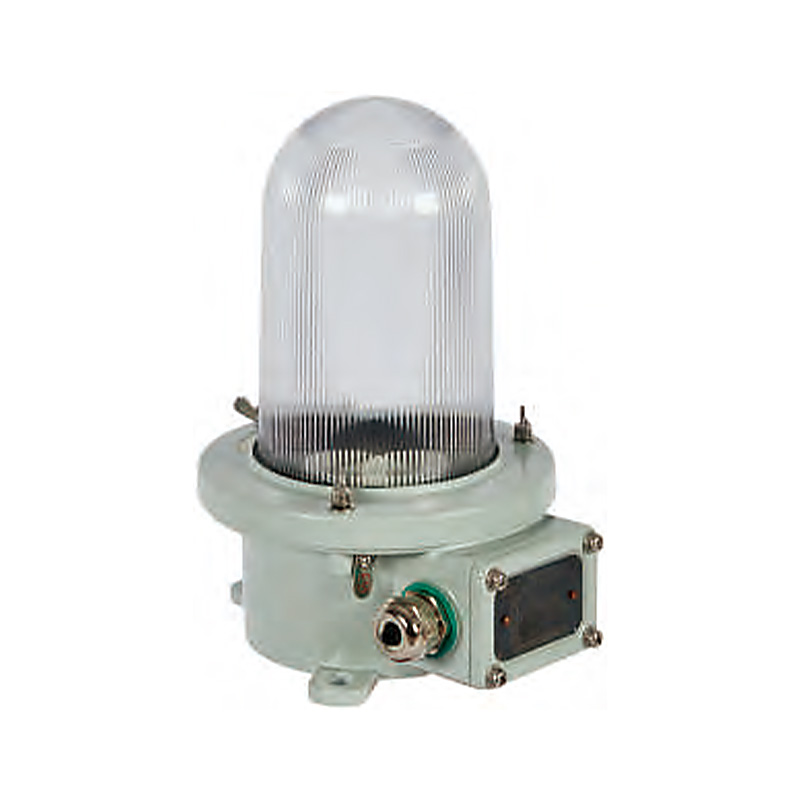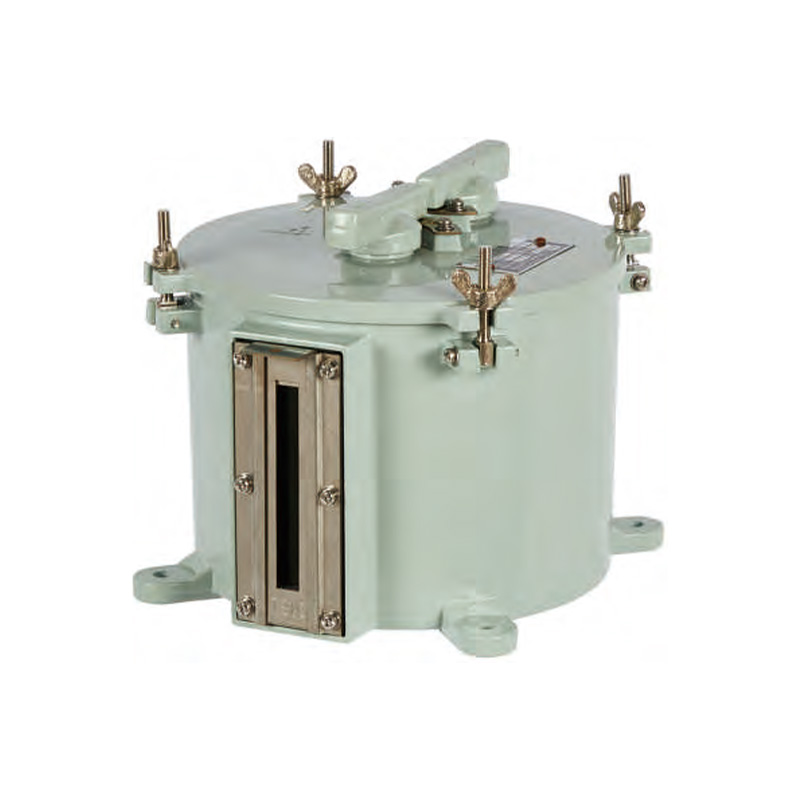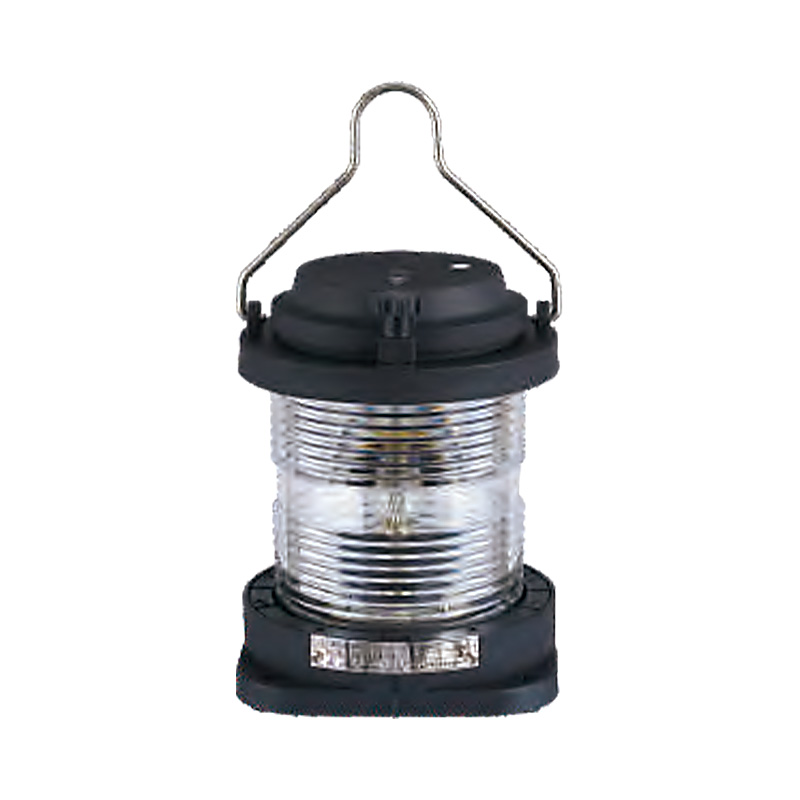Energy Loss Comparison of Traditional VS LED Navigation Lights for Boats
Table of Contents
Boat navigation lights are important equipment to ensure maritime navigation safety. Their energy consumption has always been the focus of ship operating costs and environmental protection. Traditional navigation lights mainly use incandescent lamps or halogen lamps, while LED navigation lights have been widely used in recent years. This article aims to provide a detailed comparison of the energy consumption and related impacts of traditional boat navigation lights versus LED alternatives, helping stakeholders make informed decisions.
Analysis of Energy Loss of Traditional Boat Navigation Lights
Traditional boat navigation lights, such as incandescent lamps and halogen lamps, work by heating the filament with electric current to generate light. The energy conversion efficiency is low, and most of the energy is lost in the form of heat energy. Specifically:
- Incandescent lamps: The energy conversion efficiency is extremely low, only about 10% of the electrical energy is converted into visible light, and the remaining more than 90% is converted into heat energy. This not only causes energy waste, but also increases the heat dissipation burden of the ship.
- Halogen lamps: Compared with incandescent lamps, the energy conversion efficiency of halogen lamps has improved to about 20%, but there is still a lot of energy loss, and the service life of halogen lamps is relatively short, requiring frequent replacement, increasing maintenance costs.
Moreover, traditional navigation lights typically require higher power input to achieve similar brightness, compounding energy loss. Over prolonged usage, this inefficiency escalates operational costs and environmental impact.
Shortcomings of Traditional Navigation Lights
- Low Energy Efficiency: Traditional navigation lights waste a significant portion of energy as heat, with less than 20% of energy converted to visible light. This inefficiency results in higher operational costs and increased strain on onboard power systems.
- Limited Lifespan: The average lifespan of incandescent and halogen bulbs is relatively short, often requiring frequent replacements. This not only raises maintenance costs but also leads to operational interruptions.
- Fragility and Reliability Issues: The delicate structure of traditional lights, including filaments and fragile glass, makes them susceptible to damage from vibration, impact, or environmental factors like moisture and corrosion. This is particularly problematic in marine environments.
- Heat Generation: Traditional lights produce excessive heat, which can contribute to equipment overheating and additional cooling requirements. In confined spaces, this heat may create further operational challenges.
- Environmental Concerns: Traditional lights are often made with materials like tungsten or hazardous substances like mercury, posing environmental risks when disposed of improperly.
- Inadequate Brightness and Visibility: Under certain conditions, such as fog, rain, or other low-visibility scenarios, traditional lights may not provide sufficient brightness, potentially compromising safety.
Impact of Energy Loss of Traditional Boat Navigation Lights on Navigation
Traditional boat navigation lights, mainly incandescent lamps and halogen lamps, have high energy consumption and will have many impacts on navigation. Although these impacts are not obvious in one or two voyages, they will seriously affect the normal operation of the ship and the marine environment if accumulated over a long period of time.
When analyzing the impact of energy loss of traditional navigation lights on navigation, we can discuss it from multiple dimensions such as economy, navigation performance, ship safety, environmental compliance, and maintenance and operation efficiency.
Impact on the Economic Benefits of Boats
- Direct Energy Consumption and Increased Costs: Traditional navigation lights, especially incandescent lights, have low energy efficiency and high heat generation, resulting in significant energy consumption. This high energy consumption is directly reflected in higher fuel costs (for ships powered by diesel generators) or electricity costs (for ships powered by shore power or batteries). Although the energy consumption of navigation lights accounts for a small proportion of the total energy consumption of boats, its economic impact cannot be ignored over the long term, especially for small boats or boats sailing for a long time. This is in contrast to the current situation where the main engine accounts for the largest proportion of ship fuel consumption. Although the contribution of navigation light energy consumption optimization to overall energy saving may be smaller than that of the main engine, it is still an important aspect of cost saving.
- Increased Maintenance Costs: Incandescent and halogen lamps have a short service life and need to be replaced frequently, which increases maintenance costs and labor costs. Frequent replacement of bulbs also takes up crew time and reduces operational efficiency. High maintenance costs further exacerbate the high operating costs of traditional navigation lights.
- Shortened Equipment Life: The high heat generation of traditional navigation lights will accelerate equipment aging and shorten its service life, thereby increasing the frequency of replacement, forming a vicious cycle and further increasing the economic burden.
- Indirect Energy Consumption: For ships powered by diesel generators, the high power consumption of traditional navigation lights will increase the load on the generators, indirectly leading to higher fuel consumption. This corresponds to the distribution of the main engine, auxiliary engine, and fuel boiler in ship fuel consumption. Although navigation lights are part of the auxiliary engine, their energy consumption optimization still has a positive impact on the overall fuel economy.
- Shortened Cruising Range (Electric Boats): For electric ships powered by batteries, high-energy navigation lights will directly affect the cruising range, limiting their navigation range and operating time.
Impact on Boat Navigation Performance
- Insufficient brightness of navigation lights affects navigation safety: Energy loss may cause insufficient brightness of navigation lights, reducing the visibility of the ship, thus affecting navigation safety. A good lighting system is essential for the crew to perceive the surrounding environment and respond in time, while insufficient brightness will reduce the reaction speed and increase the risk of accidents such as collisions. This not only affects navigation performance, but is also directly related to the life safety of the ship and crew.
- Overload of the power system affects the operation of other equipment: High-energy navigation lights increase the load of the power system. When the power system is heavily loaded, it may cause power shortages and affect the normal operation of other important shipboard equipment. This is particularly dangerous in bad weather or emergencies, when more power is often needed to ensure safety and communication.
- Forced to adjust the navigation plan and reduce efficiency: In order to ensure sufficient power supply, the captain may need to adjust the navigation plan based on the high energy consumption of the navigation lights, such as reducing the use of other power equipment, or docking more frequently for charging. This will undoubtedly reduce navigation efficiency and increase navigation time and cost. Frequent docking for charging will also increase additional docking time and costs.
Impact on Boat Navigation Safety
- Short Bulb Life: The bulbs of traditional navigation lights are easily damaged. If the bulbs are damaged during navigation, the visibility of the ship will be reduced and the risk of collision will be increased. Especially in low visibility conditions, the reliability of navigation lights is critical.
- Overheating Risk: Incandescent and halogen lamps generate a lot of heat. Excessive temperature may damage the lamp itself or surrounding equipment, and even cause a fire.
Impact on the Marine Environment
- Higher Carbon Emissions: The high energy consumption of traditional navigation lights, especially for ships powered by diesel generators, will increase fuel consumption, directly leading to higher carbon emissions, exacerbating the greenhouse effect and having a negative impact on global climate change.
- Pollution from Discarded Bulbs: The bulbs of traditional navigation lights (such as incandescent lamps and halogen lamps) usually contain harmful substances such as mercury. Improper disposal of discarded bulbs will cause environmental pollution, harm the soil and water bodies, and affect the balance of the ecosystem. Standardized disposal of discarded bulbs requires additional costs and processes.
- Environmental Compliance Risks: With the increasing global requirements for environmental protection, energy conservation and emission reduction have become an important issue in the shipping industry. The high energy consumption of traditional navigation lights may make it impossible to meet increasingly stringent environmental standards and emission regulations, which will increase the compliance risk of ship operations and may even cause the ship to be unable to operate normally or face penalties such as fines. This not only increases economic costs, but also damages the reputation of ship operators.
Analysis of Energy Loss of LED Navigation Lights for Boats
LED navigation lights for boats use light-emitting diodes as light sources. LED chips directly convert electrical energy into light energy, without the need to heat the filament like incandescent lamps to emit light. Therefore, the energy conversion efficiency is higher and the heat generation is lower. Modern LED navigation lights usually use a combination of multiple high-brightness LED chips to achieve the required brightness and light intensity distribution. The energy conversion efficiency is much higher than that of traditional navigation lights.
Energy Consumption of LED Navigation Lights for Boats
Luminous Efficacy and Energy Conversion Efficiency
According to research, LED navigation lights have a high electro-optical conversion efficiency, which means they can convert more electrical energy into light energy and reduce energy loss. For example, the high-power LED of Cree, an American company, has a luminous efficiency of 161lm/W at room temperature, a brightness of 173lm, and a color temperature of 46,890k, which is the highest level in the industry. This shows that LED navigation lights have significant advantages in electro-optical conversion efficiency.
Luminous Efficacy
The luminous efficacy (lumen efficiency) of LED navigation lights is another important indicator to measure their energy efficiency. The luminous efficiency of high-power white light LEDs has reached more than 120 lm/W, and can theoretically reach 283 lm/W. This is higher than the efficiency of traditional navigation lights, such as halogen lamps (20~33 lm/W) and HID xenon lamps (80~100 lm/W), so the external lighting system using LED light sources can save at least 20% of electrical energy.
Influence of Ambient Temperature and Operating Current
The energy conversion efficiency of LED decreases with the increase of operating current and ambient temperature, but the ratio of energy conversion efficiency to luminous efficacy is basically constant. This means that under different environmental conditions, the energy efficiency of LED navigation lights remains relatively stable.
LED navigation lights for boats have low energy consumption, mainly due to their high electro-optical conversion efficiency, high luminous efficacy and stability to environmental changes. These characteristics make LED navigation lights an ideal replacement for traditional marine lighting fixtures, helping to improve the energy efficiency and environmental performance of boats.
The Impact of LED Navigation Light Energy Loss on Boat Navigation
LED navigation lights address many of the inefficiencies associated with traditional lights. Using light-emitting diodes, LED directly convert electrical energy into light, bypassing the heat-intensive filament process.
Impact on Economic Benefits
- Energy Efficiency: LED achieve electro-optical conversion efficiencies exceeding 80%, drastically reducing power consumption and fuel costs.
- Lower Maintenance Costs: The extended lifespan of LED lights minimizes the need for replacements, saving time and labor.
Impact on Safety Performance
- Reduce the Risk of Failure: Navigation lights are important safety equipment for ships, ensuring that ships are spotted by other ships at night or in low visibility to avoid collision accidents. If the brightness of the navigation lights is insufficient or there is a malfunction, it will directly affect navigation safety and increase the risk of collision. LED navigation lights have higher brightness and longer service life, which can improve navigation safety.
- Reliability: The reliability of navigation lights is directly related to navigation safety. Traditional navigation lights are prone to failures such as bulb burnout, while LED navigation lights have higher reliability and lower failure rate, which can reduce navigation safety hazards.
- Improve Visibility: LED navigation lights have high brightness and good light distribution, which can improve the visibility of ships at night or in bad weather conditions. In bad weather conditions, they are easier to be spotted by other ships, improve visibility, and thus improve navigation safety.
Impact on the marine environment
- Reduce Carbon Emissions: Reducing fuel consumption means reducing the emission of greenhouse gases such as carbon dioxide, which is of great significance for protecting the environment. The energy-saving characteristics of LED navigation lights can effectively reduce the carbon footprint of ships.
- Waste Disposal: Traditional navigation light bulbs contain harmful substances such as mercury, which require special waste disposal, increasing the risk of environmental pollution. LED navigation lights do not contain these harmful substances and have better environmental performance.
- Light Pollution: Although the light pollution of navigation lights is relatively small, excessive brightness or unreasonable design will still have a certain impact on marine life and the environment. Choosing the right LED navigation lights and reasonably controlling their brightness can effectively reduce light pollution.
The energy loss of marine LED navigation lights has many impacts on navigation, not only involving economic benefits, but also navigation safety and environmental protection. The use of LED navigation lights can effectively reduce fuel consumption, maintenance costs and environmental pollution, and improve navigation safety and the overall performance of the ship. However, choosing a suitable LED navigation light requires considering factors such as its brightness, color, reliability and applicability to ensure that it can meet the requirements of navigation safety. In addition, the initial investment cost of the LED navigation light needs to be considered and compared with the long-term cost savings to make the best choice.
Comparative Analysis
The following table summarizes the comparison of energy consumption between traditional marine navigation lights and LED marine navigation lights:
| Features | Traditional Navigation Lights | LED Marine Navigation Lights |
| Energy Conversion Efficiency | 10% – 20% | Over 80% |
| Power Consumption | High | Low |
| Service Life | Short | Long |
| Heat Generation | High | Low |
| Environmental Protection | Bad | Good |
| Cost (Long Term) | High (Frequent Changes) | Low (Long Life, Low Power Consumption) |
Advantages of Yushuo Marine LED Navigation Lights
High Efficiency and Energy Saving
LED navigation lights use high-efficiency LED light sources, saving more than 20% of electricity compared to traditional lighting fixtures. For instance, the CXH-102PL model of LED double-deck navigation signal light has starboard and port lights at 26W each, and a masthead light at 28W, which are relatively low in energy consumption. The CXH-101PL model also demonstrates the potential of LED in energy efficiency, with all types of lights not exceeding 2*8W, reflecting the energy-saving capabilities of LED.
Long Life and Low Maintenance
LED technology provides a longer service life, reducing the frequency of maintenance and replacement, thereby lowering maintenance costs. The CXH-102PL model emphasizes the durability and lifespan enhanced by LED technology, significantly reducing the need for maintenance and replacement. The CXH-101PL model also mentions that due to the long life of LED, the frequency of maintenance and replacement is greatly reduced, saving time and financial resources.
Reliability and Safety
LED lights offer stable brightness and light distribution, improving navigational safety and reducing the risk of navigational accidents caused by lighting failures. The CXH-102L model stresses its exceptional optical performance and reliability, complying with EC60945:2002 and the 1972 International Regulations for Preventing Collisions at Sea, ensuring the stability and reliability of navigation signals.
Environmental Protection and Compliance
LED lights are free of harmful substances, environmentally friendly, and reduce waste, meeting environmental trends and regulatory requirements. All models of LED navigation lights can work in temperatures ranging from -30℃ to +55℃, complying with environmental standards in extreme conditions. The CXH-12PL and CXH-12L models emphasize their superiority in environmental protection and their ability to work in extreme temperatures.
Adaptability and Versatility
LED navigation lights can work in extreme temperatures, adapting to different marine environments, ensuring stable lighting under various conditions. The CXH-12PL model is suitable for ships 50 meters or longer, while the CXH-3L model is suitable for all types of ships up to 12 meters, demonstrating the versatility of LED navigation lights.
Structural Optimization and Lightweight Design
The design of LED navigation lights is more compact and lightweight, simplifying the ship’s signaling system and reducing overall weight. The CXH-101PL double-deck navigation light and the CXH-12L single-deck navigation light both emphasize their integrated design and lightweight structure, simplifying the ship’s signaling system.
High-Quality Materials
LED navigation lights use high-quality materials such as high-strength engineering plastics, brass, marine aluminum alloy, and glass, enhancing durability and reliability. The CXH-12PL model has a high-strength engineering plastic shell and a PC injection-molded lens, while the CXH-3L model features a high-quality marine aluminum alloy body with a glass-injected lens.
By comparing traditional and LED navigation lights, it becomes clear that LED lights outperform their counterparts in energy efficiency, durability, safety, and environmental sustainability. While the initial cost of LEDs may be higher, the long-term savings in fuel, maintenance, and compliance make them a worthwhile investment.
As LED technology continues to advance, further improvements in efficiency and adaptability are anticipated. These innovations will not only enhance the operational performance of marine vessels but also contribute to a greener, more sustainable future for the maritime industry.
